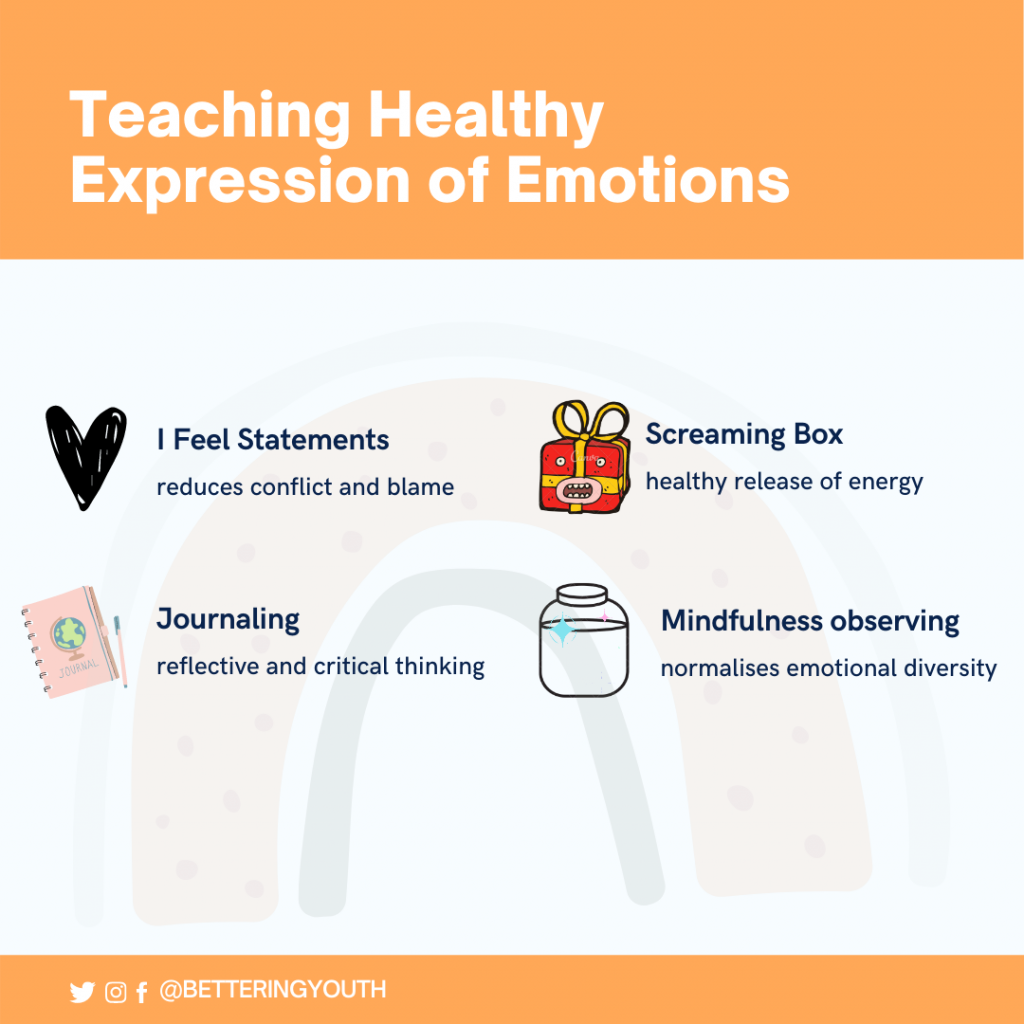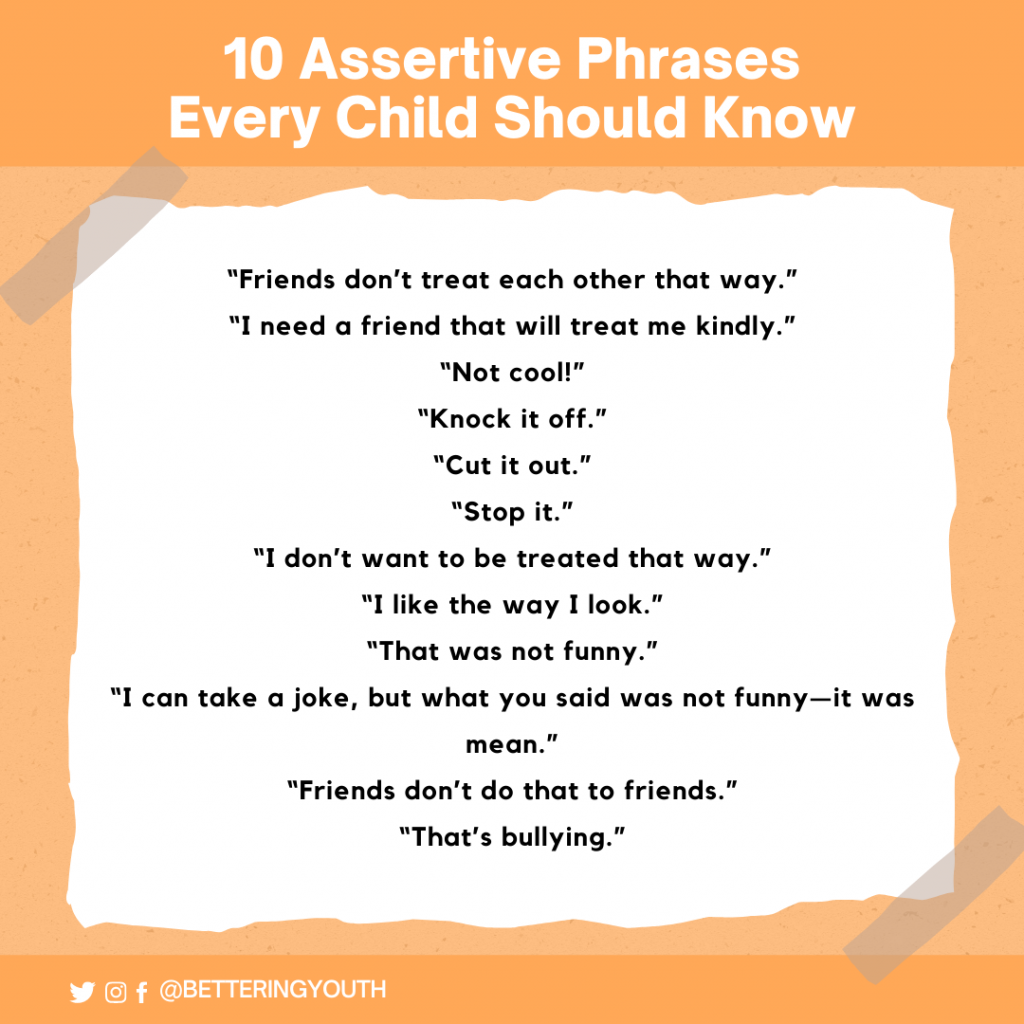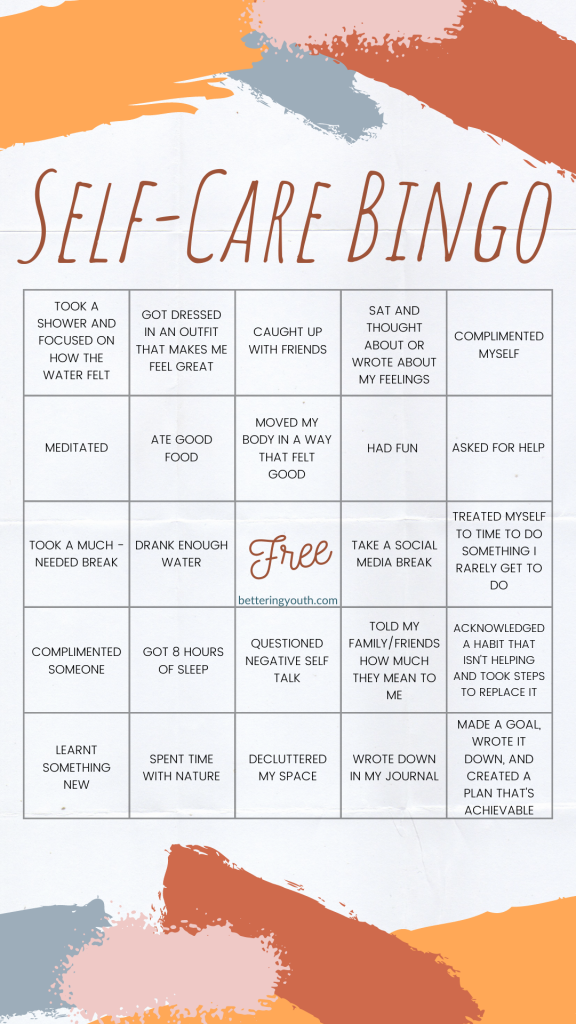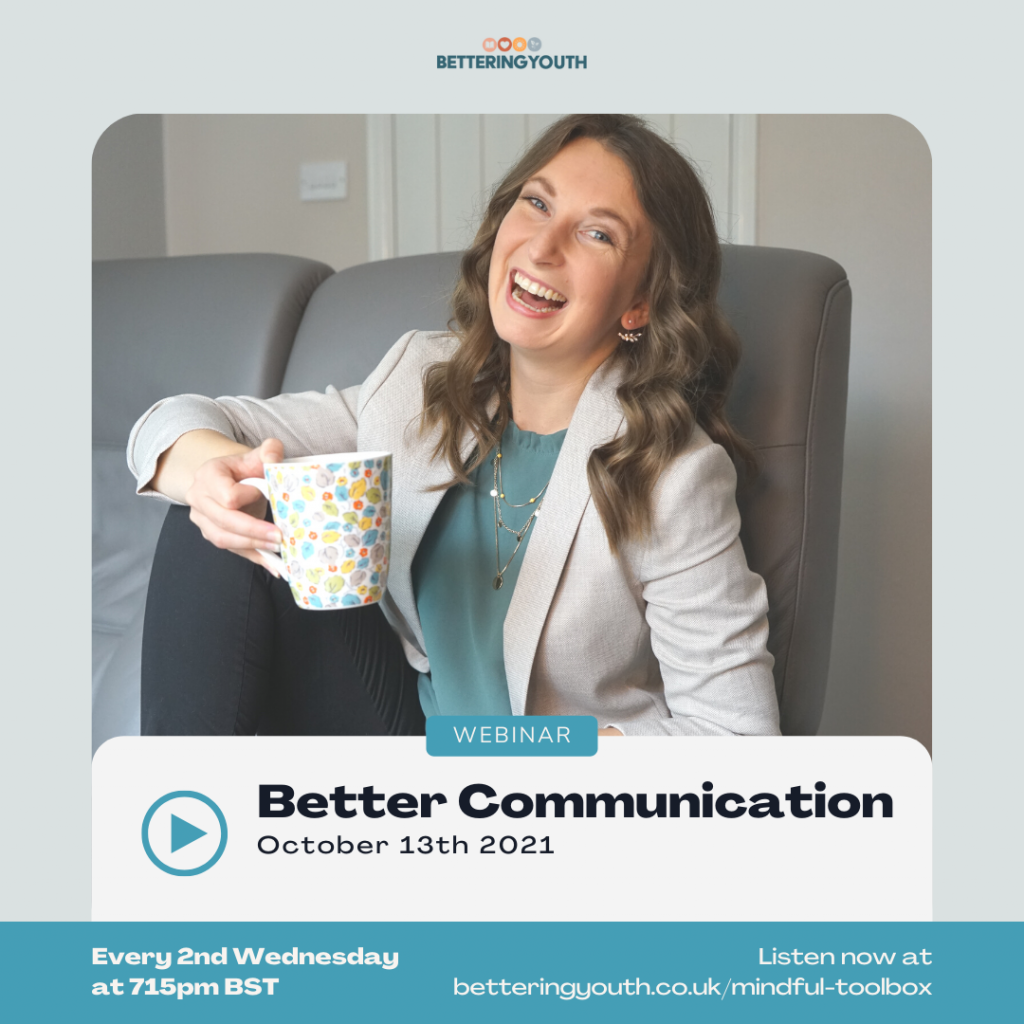Teaching emotional intelligence to children is easy with these social-emotional learning ideas and lesson plans.

Emotional intelligence learning is key to a strong and healthy development. In the world’s current climate, learning about emotional identification and healthy regulation is paramount.
So how can we teach about empathy, resilience, growth mindset, stress management and kindness?
We must start by creating a culture around emotional wellbeing.
Whether you’ll be using these in your home schooling or your classroom teaching, be aware that these are not “do and tick” tasks.
These go beyond a check list and are meant to be integrated within the culture of your child’s environment.
Everything you need to know about teaching emotions to kids
How can I teach my kids about emotions?
Children typically develop emotional intelligence through their daily interactions. From the school yard, to the changing rooms, to the classroom and the fields, to the homes, to the parks and the shops.
This highlights the old adage ‘they are always watching’.
What needs to be highlighted is that this does not mean we, the adults, must be perfect before we can share. In fact, being imperfect and demonstrating your own ‘learning on the job’ experience is key in teaching a growth mindset, and compassion.
Does Emotional Intelligence impact student grades?
At Bettering Youth, we believe teaching emotional intelligence to children is just as important as teaching them about Maths or English. Our academic tuition always embeds emotional wellbeing coaching. Our philosophy is grounded in both scientific evidence and personal classroom experience. But don’t just take our word for it:
We can define emotional intelligence as the understanding of interpersonal and intrapersonal relationships that affect relationships, adaptability, moods, and stress management skills.
Emotional wellbeing coaching done by certified Bettering Youth tutors supports students in developing a stronger sense of emotional intelligence so they can better approach difficult and challenging problems (above and beyond the classroom.
In 2011, a study looking at the impact of teaching emotional intelligence to children and its correlation with academic success suggests a strong relationship between Emotional Intelligence and academic achievement (Fallahzadeh, 2011).
In another study, this one on Education students in University, the knowledge of Self-Emotion Appraisal and Understanding of Emotion were revealed to have a positive, significant correlation with their academic performance on assessments (Mohzan et al., 2013).
Later studies support this finding, with Sanchez-Ruiz and colleagues (2014) finding that EI (emotional intelligence) predicted academic performance better than established personality traits and cognitive ability for Cyprus university students.
And there are more studies being published that support the correlation between emotional intelligence and academic success!
If that’s not enough, a recent Harvard Business Study states that “Organizations that emphasize emotional intelligence have higher employee engagement and customer loyalty. This leads to greater productivity and profitability.” (Harvard, 2019) All this to say that by teaching our children emotional intelligence from a young age, we’re not only supporting their academic progress, but also increasing their employability,
1. Helping kids to identify different emotions
“Miss my belly hurts” is a common phrase in any elementary classroom.
When we dig a little deeper, it becomes clear that the sore belly is an indication of a strong emotion. And while we tend to link a sore belly to negative feelings, it’s important to note that excitement and apprehension and even love can sometimes feel like an upset stomach.
This is why understanding how to identify the emotions we feel is so important! Many emotions can present themselves in the same way and have polar opposite meanings. Alas, our first lesson in teaching emotional intelligence to children:
Facial expressions and body language may be one of the best clues into how someone is feeling. And yet, recognising these signs may not come naturally. Spending some time to teach these visual cues can go a long way in helping children relate to themselves and others better.
- Life size Annotations: Trace one another on big paper and assign each pair of students a different emotion. Their job is to annotate where and how they would feel this emotion on their life-size drawing. These are then presented to the class. Note the similar ways feelings can be presented within the body. How can you differentiate? What questions can you ask yourself to help you identify the feeling properly?
- Play feelings charades
- Play feelings Pictionary
- Use a clip chart to self identify
- Write in a feelings journal as a reflection for poor behaviour
- Use Inside Out characters to talk about emotion characteristics
- The hand of emotions arts and craft
Pin It for Later!

2. Teaching kids healthy expression of emotions
Children tend to model the behaviours they see. This is why one of the best ways to teach emotional literacy is through working on it for yourself. We can all benefit from social-emotional intelligence! Some of the best ways to model emotional literacy are:
- “I feel…” statements. This is a favourite when speaking to children, but also to partners. Using I feel statements helps to keep the conversation neutral, open and caring (Robbins). There tends to be less yelling, blame and hurt feelings.
- Feelings come and go: teaching children that feelings move through us and we can always return to calm is powerful. One of my favourite ways to do this is through a Mindfulness Glitter Jar.
- Learning about Dragon Brain: A dragon brain is smaller than a walnut! This makes sense as to why all it can do is blow smoke when it’s angry. We want to avoid dragon brain by refraining from using our walnut size brain and instead using our full brain.
- Journaling: Either using daily journal prompts to teach the reflective nature of journaling so when children need to write about a current situation they understand how to use journaling effectively.
- Using a screaming box: releasing big emotions is healthy if done in an appropriate manner. While it is not okay to yell and scream at others, the act of yelling can be quite therapeutic. Providing children with a safe space to yell, followed by a healthy way of moving forward can be powerful.
- Breathing activities: our breath is a powerful force that can bring us back to a state of calm and stability. Using a variety of images can help students visualise their breath moving. Some of our favourites are the infinity sign, a leaf, a box and a candle.
3. Learning to self soothe
Children tend to turn to adults for comfort and care. While this is an important part of developing a sense of security, safety and love, it is important that children are taught how to self soothe.
One of the ways we can encourage this is to lead them through 1 or 2 of the above activities.
Once they are capable of using these strategies independently, you can now lessen your role by prompting their action: “I feel like you might be experiencing some frustration. Would you prefer to tell me how you feel, use your glitter jar or yell it out in the box?”
This allows the child to take ownership of their emotional regular.

4. Teaching Emotional Rights
Active listening:
Everyone has a right to express their ideas, thoughts and feelings. This is important for children as well. One skill we can teach our children is active listening. This is when we participate with our full body. It can also mean we ask questions to gain clarification.
Example:
“I don’t want to have tuition tonight”
“WHY don’t you want tuition tonight?”
“Because I’m tired”
“Why do you think being tired is a reason to not do your sessions?”
“Because I’ll make silly mistakes”
“Oh… I see, so because you feel tired, you’re a bit worried that you’ll make silly mistakes in your session. Is that right?”
“Yes”
“Is it possible that doing tuition even though you don’t want to make silly mistakes is a good idea as it will help you to practise staying focused and attentive? You might be tired on an exam day, but you’ll still be expected to pay full attention”
Going through this process allows the child to feel heard, to understand their emotions better as you have restated it back to them, and allows them to come to a reasonable conclusion.
Personal space:
This is an important lesson we often overlook. When children are young there tends to be a herd of adults who want to smooch their chubby cheeks. While this is often very harmless, by telling our children to go give ‘so and so’ a hug or a kiss goodbye, we are telling them that they do not get to decide who gets a hug or a kiss. Instead, teaching your child that they can choose to give hugs or kisses is an important part of building their understanding of their personal space.
Start building their awareness of this personal space by asking them the question “may I have a hug goodbye?” Or asserting that your child prefers not to give hugs or kisses when adults go in for that hug. This shows your child you’re there to back up their wishes and they can trust you. You can also offer alternatives to hugs and kisses: high fives, foot bumps, fist bumps and a simple hello or goodbye are also great.
Asserting themselves:
Knowing how to stand up for themselves is also a key skill that will serve them well. Signe Whitson does a great job at sharing 10 assertive phrases children can use to assert themselves positively:

5. Dealing with worry
1 in 6 young people (aged 16-24) has symptoms of a common mental disorder such as depression or an anxiety disorder.²
Teaching children emotional intelligence boosts their ability to handle difficult situations (in and beyond the classroom). These 8 exercises are not an exhaustive list; they are a great starting point in supporting anxious children.
- What I can control vs what I can’t control circle: Have the child create two circles, one inside and one outside. In the outside ring, children can place the worries they have no control over. In the inside ring, children can write the worries they can control. This gives perspective and allows a plan to be made.
- Making a courage jar: write little notes together on popsicle sticks. Keep it accessible so when the child feels they need a little boost, they can go to the jar and pull the encouragement.
- A worry stone: Children can decorate a rock they keep with them to absorb their worries and give them strength
- Movement: movement is a powerful way to allow the body to release the energy from worry – run around, play a sport, do a work out, go for a walk, dance
- Encourage letting things go with balloons: blow them up, write the worry, and pop them. Then make a plan
- Work with the rationale brain: use cognitive behaviour therapy techniques by identifying the thought as helpful or unhelpful. “Thank you brain for trying to protect me from this, but I am okay, I don’t need to be protected”
- 5 senses to calm
- Creating a self care ritual

6. Teaching children about the brain
With knowledge comes power. Knowing about how our brain works allows children to have a better understanding of their internal world being normal and how they can impact it.
- The upstairs and the downstairs: Dr Hazel Harrison shares how she teaches about the logical and feeling side of our brain to children with this activity : https://www.heysigmund.com/how-to-teach-kids-about-the-brain-laying-strong-foundations-for-emotional-intelligence-by-dr-hazel-harrison/
- Learning about the key parts of the brain and practising mindfulness: https://focusedkids.org/brain-lesson/
- Learning about how the brain can’t function properly if it’s always worrying: The worry brain by the Confident Counselor is powerful! https://confidentcounselors.com/2017/12/04/school-counseling-activities-using-string/?fbclid=IwAR136SKvd7dCtXevzqPi5-Knd7xrze_HfTZOAKOK0MFmrUGZWcdneY1wXio

7. Encouraging a positive mindset
A big pillar to a strong sense of emotional wellbeing is a positive headspace. Don’t get this confused with a naive and tunnel visioned headspace. This positive mindset will allow children to build resilience, think critically and boost their self esteem.
- Create a vision board: a great first step to talk about self care is to set the stage for growth, vision and worthiness of big goals. A fun way to jumpstart this conversation is with a vision board. They can be used in the classroom too!
- My Heart Map is a fun and creative way to have children reflect upon what makes them happy. This is also a simple and powerful tool to allow students to connect on a deeper level.
Pin It!

Bettering Youth is a tutoring service based in Windsor, UK. Our tuition services support children academically and emotionally. We work with students year 1 – GCSEs in Maths, English and Science. Our tutors specialise in boosting confidence, reducing overwhelm and preparing students for exams. If you’d like to discuss your child’s current situation or you’d like support in-home learning, please feel free to connect with us here: Say Hi!

Other resources to support emotional wellbeing:
Check out our blog on the power of movement: 8 Ways Working Out Boosts Confidence for Your Teen
Lacking confidence in school? Learn about Revealed: How to Build a Growth Mindset and Succeed More
If your child struggles with anxiety, lacks a method or the words to express how they are feeling, or resorts to anger, tantrums or hitting get in touch. Bettering Youth provides 1-1 resilience and confidence coaching so your home can be happier.


Pingback: November is Anti-Bullying Awareness Month - Bettering Youth
Splendid article!
Thanks Rosie! I’m glad you found it to be insightful.
very informative and beautiful
I’m glad you found it informative 🙂
Pingback: 6 Remarkable Local Businesses Putting Children's Mental Health First
Pingback: How to Beat the Sunday Scaries in 6 Simple Steps - Bettering Youth
Pingback: How to Boost Reading Comprehension Through Storytelling - Bettering Youth
Pingback: Revealed: How to Build a Growth Mindset and Succeed More - Bettering Youth
Pingback: Mental Health Awareness: 7 Pillars to Strong Mental Wellbeing - Bettering Youth
Pingback: Inside Out inspired activities to boost emotional wellbeing - Bettering Youth
Pingback: 6 Powerful Steps to Support Reluctant and Struggling Readers - Bettering Youth
Pingback: Back to School with Confidence Guide: How to Ease Anxiety - Bettering Youth
Pingback: 18 powerful ways to help them effectively deal with their emotions - Bettering Youth
Pingback: 25 Fun Morning Meeting Activities for Kindergarten - OhMyClassroom.com
Pingback: Nurturing Kids’ Growth: Fostoring Emotional Intelligence
Pingback: Promoting Emotional Well-Being in Children and Young People